This was originally published on EBN
Don’t be deceived with the title of this blog. We are not going to talk about some Jungle Book story. This story, rather, is about three countries: one of them plans on making investments in semiconductor manufacturing and the others have experienced economic problems with such investments. History teaches us to learn from past mistakes and plan for a better future, but it seems that sometimes businesses ignore important historical facts, setting a course for themselves that ends in disaster.
The Make in India campaign launched by India’s Prime Minister, Narendra Modi, to promote native manufacturing will now focus on developing action plans for several key sectors, including automobiles and components, aviation, bio-tech, construction, defense production, electrical machinery, electronics, IT, media and entertainment, food processing, mining, oil and gas, ports, pharmaceutical, railways, and thermal power.
To begin the story, let me introduce you to our three characters: a Lion, a Tiger and a Dragon.
Make in India is a lion’s step, said Prime Minister Narendra Modi , after launching the logo of his ambitious campaign to attract companies to India. The logo is the silhouette of a lion on the prowl, made entirely of cogs, symbolizing manufacturing, strength, and national pride. The national emblem of India, Ashok Chakra, also has four lions. In Indian folklore, the lion denotes the attainment of enlightenment, in addition to representing power, courage, pride, and confidence.
Who is the Tiger?
Celtic Tiger (Irish: An Tíogar Ceilteach) refers to the economy of the Republic of Ireland between 1995 and 2000, a period of rapid real economic growth fuelled by foreign direct investment. The Irish economy expanded at an average rate of 9.4% between 1995 and 2000 and continued to grow at an average rate of 5.9% during the following decade until 2008, when it fell into recession.
Who is the Dragon?
Chinese dragons are legendary creatures in Chinese mythology and Chinese folklore. Chinese dragons traditionally symbolize potent and auspicious powers, particularly control over water, rainfall, hurricanes, and floods. The dragon is also a symbol of power, strength, and good luck for worthy people. With this, the Emperor of China usually used the dragon as a symbol of his imperial power and strength.
What are the King of Jungle’s upcoming plans?
The idea behind the Make in India campaign is to promote India as a manufacturing hub and attract foreign investment in order to increase the share of manufacturing from 16% of Gross Domestic Product (GDP) to 25%. Despite efforts made by the United Progressive Alliance (UPA) government to attract more FDI in several sectors, India’s Foreign Direct Investments (FDI) inflows in 2013-14 at $24.3 billion was just marginally higher than the previous year and much lower than the $31.5 billion inflow in 2011. The government of India will organize a mega investors’ summit in February 2015 to attract global capital and give a push to Prime Minister Narendra Modi’s signature Make in India program.
Basically, what foreign investors want from their investments is to be able to reap high Return on Investments (ROIs). Hence, the multinational corporations (MNCs) coming to India also look for low corporate tax rates. Additionally, in order to earn a high return on their investment, the MNCs also prefer to pay low wages as compared to what they have to pay to their workforce in developed economies.
It is to be noted that tax cuts given to MNCs to lure them to India would contribute to India’s budget deficit. Furthermore, as explained by Professor Ravi Batra in his latest book titled End Unemployment Now: How to Eliminate Joblessness, Debt, and Poverty, when the real wage fails to catch up with labor productivity, consumer debt rises sharply to prevent layoffs.
So if the MNCs pay lower wages while extracting high productivity from India’s labor force, consumer borrowing will soar. Much of this borrowing will be in terms of loans obtained on credit cards, with the borrowers paying as much as 40% annual interest rate to Indian banks. Thus, the benefits from the FDI inflows are not as clear cut as is traditionally claimed. Such investments do promote manufacturing, but they also contribute to budget deficits and consumer debt.
In order to understand the macroeconomic problems that arise when wages trail productivity, let us observe the experience of the Celtic Tiger and the Chinese Dragon.
Economic boom to bust for the Celtic Tiger
During the nineties, the rise of the Irish economy was one of the most remarkable post-war industrial phenomena. The key to economic growth was the massive inflow of FDI, as the MNCs sought to take advantage of Ireland’s location and a young, well-educated labor force along with corporate tax rates as low as 12.5%. The Irish economy grew at an annual rate of 10% and many foreigners immigrated to Ireland to take advantage of its booming economy. However, as wages failed to catch up with productivity, the technology based, export-led-growth turned into a bubble economy around 2002. The bubble burst open in 2008, following the bankruptcy of Lehman Brothers in the USA.
Under strict guidelines enforced by the International Monetary Fund (IMF) and the European Union (EU), Ireland had to cut its budget deficit. However, the Irish national debt has continued to soar and unemployment remains stubbornly high at around 14%. Overall, the FDI experience for Ireland has been unpleasant in the long run. There was great prosperity in the short run, but now the nation is paying a big price.
The slowing Dragon of China
The HSBC Purchasing Manager’s Index (PMI) for December 2014 indicated that China’s manufacturing contracted for the first time in seven months, with both output and new orders declining. Because of low wages and high productivity, China has attracted vast inflows of FDI over the years. However, the suppression of wages in China could not continue forever. Eventually, the country had to raise wages, which has forced the United States and other MNCs to look for alternate manufacturing facilities to lower manufacturing costs.
China’s growth has slowed considerably, and it is not clear if the nation will ever return to its specular growth again. Clearly when wages trail productivity, the end result is either a weaker economy or rising unemployment, which is now the case in China.
What lessons can the Lion from the experiences of Tiger and Dragon?
Learning from the experience of the Celtic Tiger and the Chinese Dragon, the Make in India Lion should focus on boosting domestic demand by implementing free market policies. This, as Professor Batra shows, would ensure that wages keep track with productivity. My recently released book Mass Capitalism: A Blueprint for Economic Revival shows a step by step approach to make this possible for high-tech semiconductor manufacturing sector.
In this way, wage growth would lead to demand growth, which in turn would create entrepreneurship opportunities. Through this approach, Make in India would flourish irrespective of poor demand in developed or other economies. Free market reforms that generate competition among various industries would also have to be carried our by other nations in order to come out of the present-day quagmire.
Finally, as the Lion experiments creative ways to solve its macroeconomic problems, let it not forget what Albert Einstein once said, “Insanity is doing the same thing over and over again and expecting different results.”
Let us know in the comments section below where you see the pitfalls and promises of this emerging high-tech market.
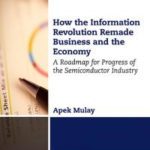
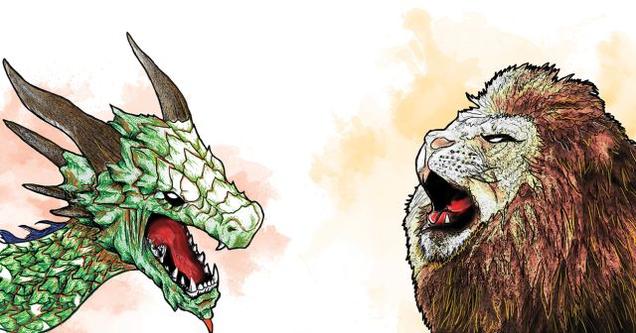
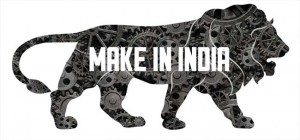

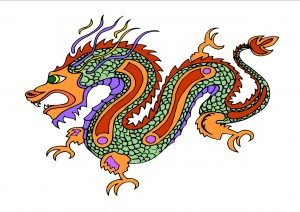
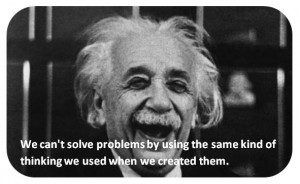
Recent Comments